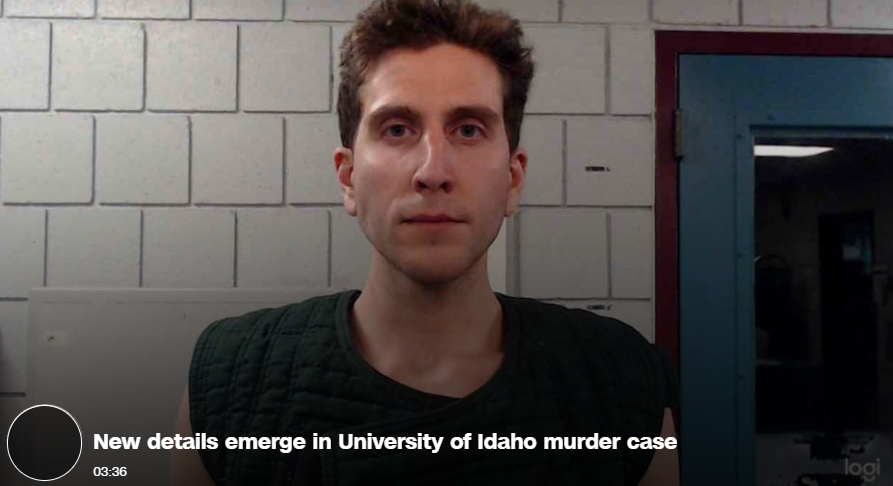
More than two years after a quadruple homicide devastated Moscow, Idaho, a judge unsealed the transcript of a recent hearing in the case against Bryan Kohberger – the man accused of stabbing four students to death in an off-campus home.
The hearing, which was closed to the public, came after defense attorney Anne Taylor claimed investigators acted inappropriately when using investigative genetic genealogy to try to isolate a suspect.
Investigative genetic genealogy, or IGG, is a relatively new forensic technique combining DNA analysis with genealogical research. Authorities can take an unknown suspect’s DNA profile and upload it to a public database to learn about the suspect’s family members. Investigators can use that information and other evidence to build a family tree and identify potential suspects.

But the defense’s attempt to get a judge to suppress the IGG evidence failed. And Kohberger’s murder trial is expected to begin this summer – with the prosecution seeking the death penalty if the 30-year-old is convicted.
Because of a wide-ranging gag order, prosecutors, defense lawyers, and attorneys for victims’ families and witnesses are prohibited from saying anything publicly, aside from what is already in the public record.
Here are some of the new details revealed from the transcript of the closed-door hearing:

Detective learned Kohberger’s name only after genetic genealogy
A lead detective in the case, Moscow Police Detective Cpl. Brett Payne, said he didn’t hear Bryan Kohberger’s name mentioned until December 19, 2022 – more than a month after the killings.
“That was a result of investigative genetic genealogy that was being undertaken by the FBI. We had a phone call that evening, and we were told Bryan Kohberger’s name,” Payne testified.
But IGG wasn’t cited in a probable cause affidavit
Payne acknowledged he didn’t mention the investigative genetic genealogy in a probable cause affidavit for Kohberger.
“What led to that decision?” Taylor asked.
“That decision was a collaborative decision,” the detective responded. “We made that decision in an effort to independently verify the information that was provided to us as a tip from the FBI, in much the same way we would any other tip in law enforcement. So it was not in any way meant to obfuscate any sort of information, it was simply can we validate Mr. Kohberger’s involvement in this incident or can we not. That was it.”
“As a group effort, you decided to intentionally leave that out of your affidavit?” Taylor asked.
“Yes, ma’am,” Payne responded.
Only one person’s DNA was detected on a knife sheath
DNA testing on parts of a knife sheath detected a single source, said Rylene Nowlin, an Idaho State Police forensic laboratory manager.
The lab tested samples from the knife sheath for “touch DNA” – which can come in the form of skin cells that are shed on items being touched.
An analyst swabbed “the entire leather portion of the strap, both top and bottom, and then the underside of the button,” Nowlin testified. “She did not swab the top of the button because that was determined to be the most likely place for fingerprints to be found.”
“Unknown Male B” remains a mystery
The defense asked Payne about a blood spot on a handrail going between the second and first floors of the home.
Lab testing linked the blood to “Unknown Male B,” Taylor said. The defense asked Payne why authorities didn’t immediately search for the identity of Unknown Male B.
“Why did you not pursue that person?” Taylor asked.